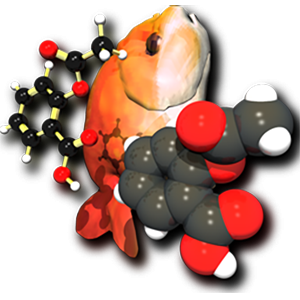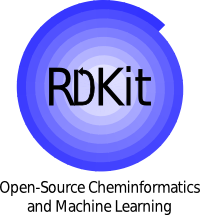
Endpoints
Application domain (AD) is crucial for assessing the effectiveness and reliability of model predictions. Common methods for defining the application domain include those based on physicochemical properties, structural features, and biological information. In admetSAR3.0, the AD is defined by ranges of six physicochemical properties, guiding model usage. These properties are molecular weight (MW), logP, number of atoms (nAtom), number of rings (nRing), hydrogen bond acceptors (HBA), and hydrogen bond donors (HBD). We have established a strategy to assess AD by analyzing the distribution of physicochemical properties in the training data. The criteria for the AD are set using the 5th and 95th percentile values of the properties, establishing clear lower and upper boundaries.
The AD assessment classifies results into three categories: "In Domain" "Out Domain" and "Warning". A molecule is labeled "In Domain" if its physicochemical properties entirely fall within the 5th to 95th percentile range. Should any property exceed this range, the molecule receives a "Warning" Moreover, a molecule is tagged "Out Domain" if any of its properties go beyond the maximum or below the minimum values of the training data. Figure 1 illustrates the threshold settings for the applicability domain. Predictions for compounds "In Domain" are deemed reliable and valid. For those marked as "Warning" caution is recommended in using the predictions. Predictions for compounds "Out Domain" are not advisable for reference.
Additionally, we offer the data range for each modeling endpoint, spanning from the minimum to the maximum and from the 5th to the 95th percentile, for user reference. Users can rapidly access information via the interactive introduction feature specific to each endpoint.

 Home
Home Search
Search Predict
Predict Optimize
Optimize Resource
Resource About
About






